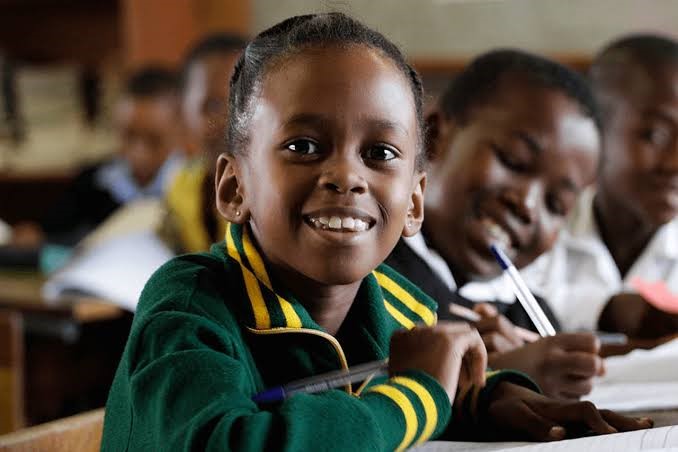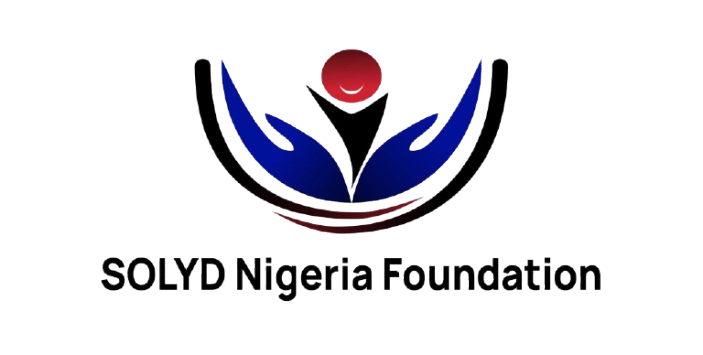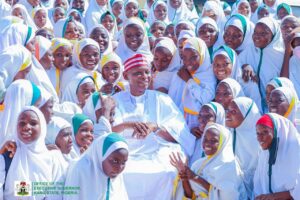The Future of Primary and Secondary Education in Nigeria: Trends and Prospects

The Future of Primary and Secondary Education in Nigeria: Trends and Prospects
The education sector in Nigeria is at a critical juncture, with the country facing numerous challenges in providing quality primary and secondary education to it’s citizens. Despite these challenges, there are emerging trends and prospects that could shape the future of education in Nigeria.
One of the most significant trends is the increasing focus on technology-enhanced learning. With the proliferation of mobile devices and the internet, there is a growing recognition of the potential of technology to improve learning outcomes. Many schools are now incorporating digital tools and resources into their teaching practices, and there is a growing demand for online educational content.
Another trend is the emphasis on skills development and vocational training. The Nigerian government has recognized the need to equip students with practical skills that can be applied in the workplace, and there is a growing focus on vocational training and technical education. This shift in emphasis is expected to continue in the coming years, with a greater focus on developing skills that are relevant to the modern economy.
The rise of private education is also a significant trend in Nigeria. Many private schools are now offering high-quality education, and there is a growing demand for private education among middle-class families. This trend is expected to continue, with private schools playing an increasingly important role in the education sector.
Despite these trends, there are still significant challenges facing the education sector in Nigeria. One of the most pressing challenges is the shortage of qualified teachers. Many schools lack qualified teachers, particularly in subjects such as mathematics and science. This shortage is expected to continue, unless urgent action is taken to train and recruit more teachers.
Another challenge is the lack of infrastructure and resources. Many schools in Nigeria lack basic facilities such as classrooms, libraries, and laboratories. This lack of infrastructure and resources hinders the ability of schools to provide quality education, and it is a major obstacle to improving learning outcomes.
To address these challenges, the Nigerian government and other stakeholders must take urgent action. This includes investing in teacher training and recruitment, improving infrastructure and resources, and promoting innovation and technology-enhanced learning.
Finally, the future of primary and secondary education in Nigeria is complex and multifaceted. While there are significant challenges facing the sector, there are also emerging trends and prospects that could shape the future of education.
By investing in teacher training and recruitment, improving infrastructure and resources, and promoting innovation and technology-enhanced learning, it is possible to improve learning outcomes and provide high-quality education to all Nigerians.






